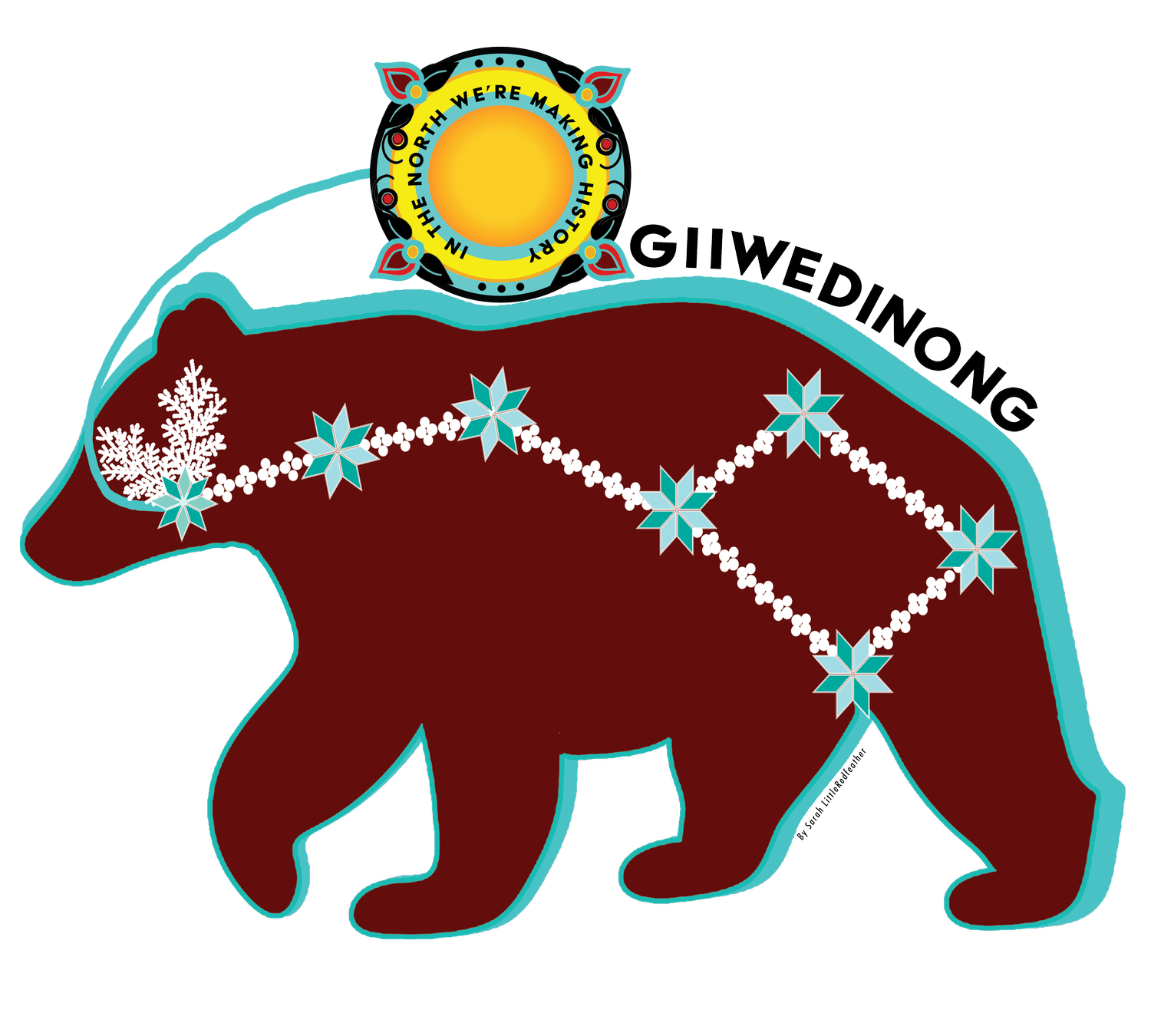First Draft of the Constitution
You’re Looking at the First Draft of the Constitution
When the Founding Fathers of the United States began the work of creating a new country, they sought to be free from tyranny, monarchy, and oppression. To do so, they looked to the teachings of Native people.
Flag of the Iroquois Confederacy, Ken (Haohyoh) Maracle, 2004
On September 16, 1987, the Senate recognized the influence of the Haudenosaunee (Iroquois) Confederacy on the construction of the Constitution in a resolution:
“The original framers of the Constitution, including most notably, George Washington and Benjamin Franklin, are known to have greatly admired the concepts, principles and governmental practices of the Six Nations of the Iroquois Confederacy. Whereas the confederation of the original Thirteen Colonies into one republic was explicitly modeled upon the Iroquois Confederacy, as were many of the democratic principles which were incorporated into the Constitution itself (3-4).”
This land has long been governed through democratic principles, even before the official establishment of the United States. The Haudenosaunee Confederacy—including the Mohawk, Oneida, Cayuga, Seneca, Onondaga, and later the Tuscarora—established Gayanesshagowa, the Great Law of Peace, as its governing principle in 1142. The Law of Peace includes its Chiefs, Clan Mothers (judges), and Faith Keepers, the delegates that form the regulatory bodies of the confederacy. Indigenous governance consists of a Grand Council, which meets with the Chiefs of each nation, and is then divided into sections of Elder Brothers and Younger Brothers. Women also play a large part in governing.
The Clan Mothers are often likened to a prestigious court, as they hold their positions for life, are chosen through consensus, and possess the power to dismiss council members.
The symbols of the Haudenosaunee Confederacy include the long house, the Tree of Peace, the eagle, and a cluster of arrows. The symbols represent a determination of peace and alliance for the group and the power of a unified front. Similarly, the U.S. adopted an eagle as its protector, and one of its symbols is thirteen arrows bound together.
Native peoples also governed through treaties between each other. Once European settlers arrived, this treaty policy was extended beyond the intertribal and to the newcomers.
After the founding of the United States, some 371 treaties were made between the new government and Indigenous peoples. The Anishinaabe, Omaa Akiing, made 44 of them.
The American Constitution specifically recognizes treaties with Indigenous Nations. Article 6, Section 4, stipulates:
“...This Constitution, and the Laws of the United States which shall be made in Pursuance thereof; and all Treaties made, or which shall be made, under the Authority of the United States, shall be the supreme Law of the Land; and the Judges in every State shall be bound thereby, any Thing in the Constitution or Laws of any State to the Contrary notwithstanding…”
Central to Indigenous governance and the formation of treaties has been the Native peoples’ commitment to the land. As patriots of the land, it is our responsibility to protect both the land and its waters. According to our great laws, such as the One Dish, One Spoon Wampum belt depicted on the front of this card, we are to take only what we need and share our resources.
As our neighbors and fellow caretakers of the land, we invite you to consider the historical and ongoing role of Native Peoples in the shaping of this country and its story.
We are all Treaty People.





